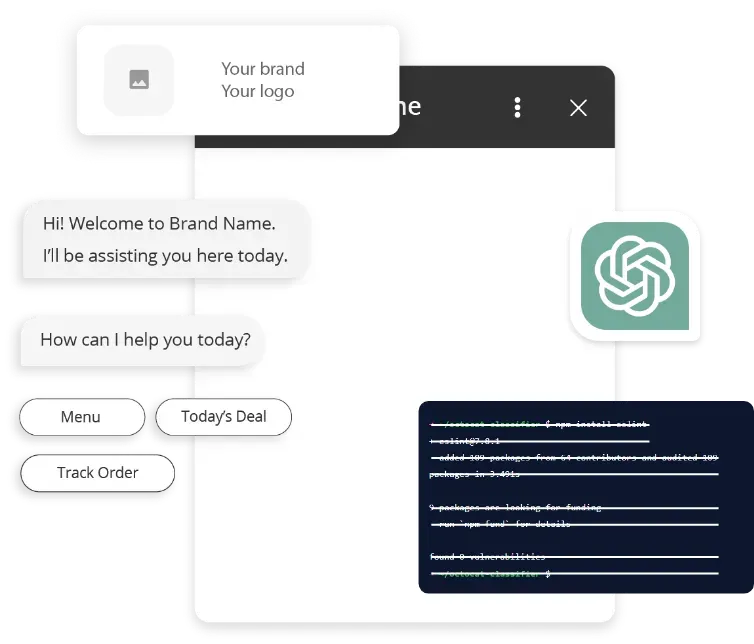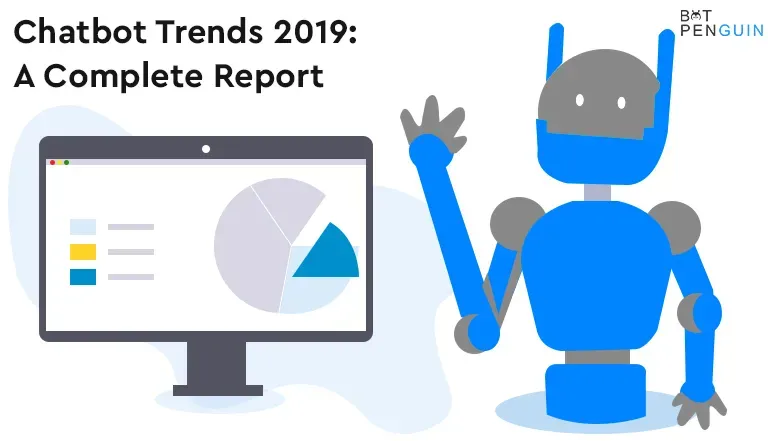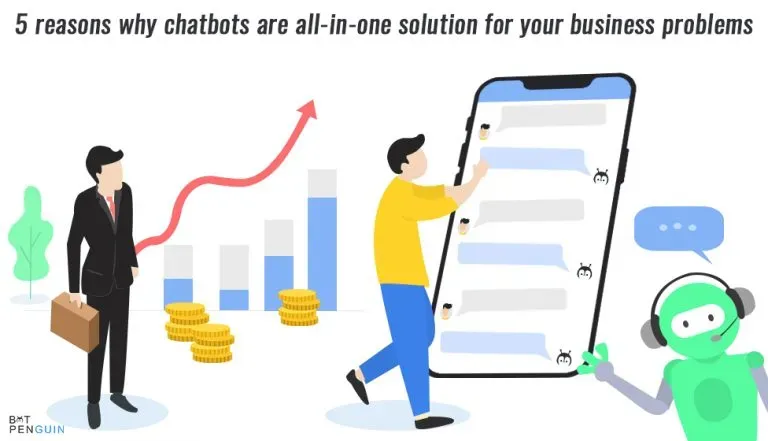ChatGPT's human-like responses have the world abuzz, but where exactly does this AI get all its data for training? Like any machine learning model, the quality of ChatGPT's output depends heavily on its vast training data.
In this blog, we'll dive into the various data sources curated by Open AI to train ChatGPT to have natural conversations and reasoning.
Whether you're an NLP enthusiast or just AI-curious, join us as we uncover the foundations fueling ChatGPT's intelligence.
Understanding the data behind the bot provides key insights into its capabilities and limitations. Let's peek behind the curtain at what makes this fascinating AI tick!
How Does ChatGPT Get Data?
ChatGPT belongs to the family of OpenAI's Generative Pre-trained Transformers. These transformers get trained to generate human-like responses using large amounts of data. However, where does chat gpt get its information?
The answer is simple – the data is everywhere. From social media to academic research papers, AI data sources are vast. Nevertheless, we will dive into the top data sources used for ChatGPT in the next section.
ChatGPT Data Sources Explained
In this section, we’ll discover different data sources ChatGPT utilizes for improved training and understanding.
- Books: Books provide a wealth of vocabulary, sentence structures, and topics, enriching ChatGPT's language capabilities.
- Social Media: Social media platforms offer a vast pool of data emphasizing conversations and regional nuances, helping ChatGPT grasp dialects.
- Wikipedia: As an extensive source of information, Wikipedia articles enable ChatGPT to learn about various topics, from science to history.
- News Articles: News articles, written by professionals, teach ChatGPT linguistic complexity, including puns, sarcasm, and humor.
- Speech and Audio Recordings: Conversational AI benefits from speech and audio recordings by understanding human interactions after converting them into text.
- Academic Research Papers: ChatGPT gains domain-specific knowledge from academic research papers, leading to applications in science, economics, and medicine.
- Websites: By analyzing different industries' websites, ChatGPT comprehends varied online information presentation methods.
- Forums: Forums on diverse subjects help ChatGPT understand informal communication and enhance its cultural education.
- Code Repositories: Including code repositories from multiple programming languages, ChatGPT learns code creation and programming concepts.
Training ChatGPT for Various Industries
In this section, we’ll learn how ChatGPT uses different training datasets for various industries, enhancing its relevance and effectiveness in healthcare, education, customer service, e-commerce, banking, and finance.
ChatGPT in the Healthcare Industry
- Electronic Medical Records: ChatGPT analyzes electronic medical records (EMRs) to understand patient data, helping healthcare professionals with accurate diagnoses and treatment suggestions.
- Medical Research Papers: ChatGPT refers to the latest medical research papers to provide up-to-date, evidence-based recommendations in healthcare.
ChatGPT in the Education Sector
- Textbooks and Course Materials: Educational resources help ChatGPT become an intelligent tutor, answering students' questions and assisting with exam preparation.
- Online Learning Platforms: ChatGPT leverages data from online learning platforms to guide students with personalized suggestions through their educational journey.
ChatGPT in Customer Service
- Chat Logs and Support Tickets: By analyzing chat logs and support tickets, ChatGPT learns to understand and respond to customers' needs, improving customer satisfaction.
- Product Documentation and FAQs: ChatGPT uses product documentation and FAQs to provide thorough explanations, troubleshooting tips, and step-by-step guides for customers.
ChatGPT in E-commerce Industry
- Product Information: ChatGPT accesses online marketplaces, product catalogs, and e-commerce platforms to give customers detailed information for better purchase decisions.
- Product Recommendations: Utilizing data on consumer preferences and habits, ChatGPT offers personalized product suggestions, improving the shopping experience and increasing sales.
- Order Tracking and Status Updates: ChatGPT provides real-time order updates by accessing data from order management systems and shipping companies.
- Sales and Promotions: ChatGPT keeps customers informed about ongoing sales and promotional offers by analyzing marketing campaigns and materials.
And what's more, what is going on in the world is ChatGPT integrated chatbots. Train them on your custom data, paint them with your logo and branding, and offer human-like conversational support to your customers.

ChatGPT in Banking and Finance
- Account and Transaction Information: By connecting with banking systems and transaction databases, ChatGPT helps users access account information and manage their expenses.
- Basic Financial Advice and Guidance: ChatGPT offers essential financial advice using information from regulations, guidelines, and best practices.
- Customer Support and Assistance: Acting as a virtual assistant, ChatGPT provides customer support by assisting with banking services, account setup, password resets, and addressing financial concerns based on available data.
Conclusion
In conclusion, data sources for AI training are varied, covering numerous fields, from literature to research papers.
Incorporating many domains and genres enables ChatGPT to offer insightful and engaging comments on various subjects. These sources also allow ChatGPT and other AI models to refine their language and become more human-like.
It is crucial to remember that ChatGPT is only a language model. It needs to gain real-time comprehension and knowledge outside of what it teaches.
While it tries to create accurate and valuable replies, it occasionally may deliver inaccurate or biased information. Language models are only as good as the data they are trained with.
Developers always seek new data sources to increase their models' accuracy and relevance.
Although there are difficulties with biases and false information, OpenAI resolves these issues by combining content filtering, fine-tuning, and community interaction.
ChatGPT hopes to expand its capabilities and develop into a more reliable and valuable conversational AI tool with continued work.



